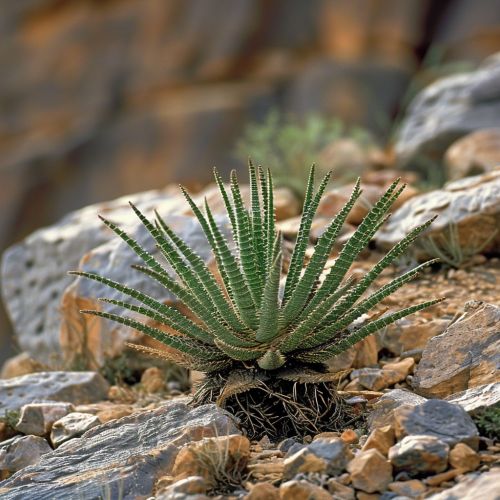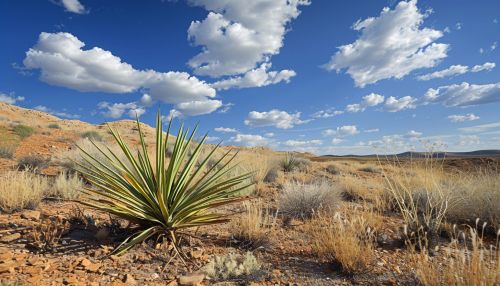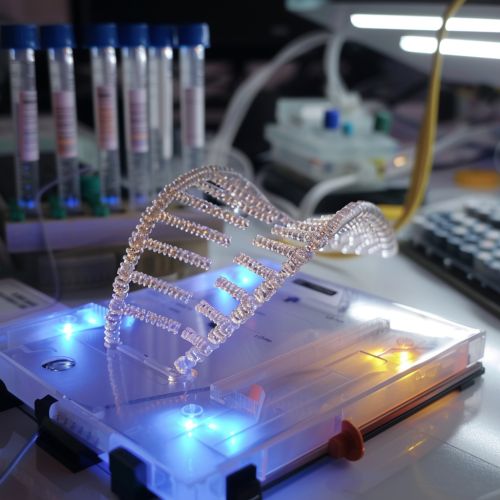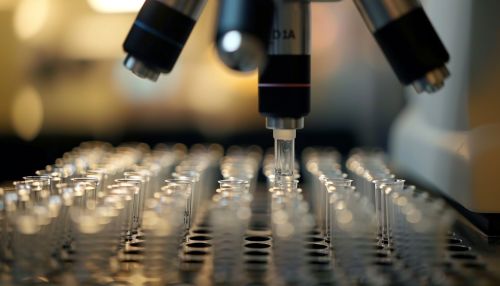Drought tolerance in plants
Introduction
Drought tolerance in plants refers to the ability of a plant to withstand water scarcity. It is a significant area of study in plant physiology, botany, and agricultural science, as it has direct implications on crop productivity and survival in arid regions. Drought tolerance is a complex trait involving multiple physiological and biochemical mechanisms, and it varies significantly among different plant species.


Physiological Mechanisms of Drought Tolerance
Plants have evolved various physiological strategies to cope with drought stress. These include drought avoidance, drought tolerance, and drought recovery mechanisms.
Drought Avoidance
Drought avoidance is a strategy where plants minimize water loss and maximize water uptake to maintain their water status. This can be achieved through various adaptations such as deep rooting, reduced leaf area, stomatal closure, and increased cuticular wax deposition. Some plants also exhibit phenotypic plasticity, allowing them to adjust their growth and development in response to changing water availability.
Drought Tolerance
Drought tolerance refers to the ability of plants to maintain their physiological functions despite low water availability. This is achieved through various mechanisms such as osmotic adjustment, accumulation of compatible solutes, and production of protective proteins and enzymes. Some plants also have the ability to enter a state of dormancy or desiccation tolerance during periods of severe drought, allowing them to survive until water becomes available again.
Drought Recovery
Drought recovery is the ability of plants to restore their normal physiological functions after a period of drought. This involves repair of cellular damage, rehydration of tissues, and resumption of growth and development. The efficiency of drought recovery can significantly influence the survival and productivity of plants in drought-prone environments.
Biochemical Mechanisms of Drought Tolerance
In addition to physiological adaptations, plants also employ various biochemical strategies to cope with drought stress. These include the production of osmoprotectants, antioxidants, and stress proteins.
Osmoprotectants
Osmoprotectants are small organic molecules that help maintain cell turgor and protect cellular structures from dehydration damage. They include sugars, amino acids, and polyols. The accumulation of osmoprotectants is a common response in many drought-tolerant plant species.
Antioxidants
Drought stress can lead to the production of reactive oxygen species (ROS), which can cause oxidative damage to cells. To counteract this, plants produce antioxidants that neutralize ROS and prevent cellular damage. Antioxidants include enzymes such as superoxide dismutase, catalase, and peroxidase, as well as non-enzymatic compounds like ascorbate and glutathione.
Stress Proteins
Plants also produce stress proteins in response to drought. These include heat shock proteins, late embryogenesis abundant proteins, and dehydrins. Stress proteins help protect cellular structures and maintain protein stability under drought conditions.
Genetic Basis of Drought Tolerance
Drought tolerance is a complex trait controlled by multiple genes. Advances in molecular genetics and genomics have led to the identification of several drought-responsive genes and regulatory networks in plants. These include genes involved in signal transduction, transcriptional regulation, osmotic adjustment, antioxidant defense, and stress protein production.


Breeding for Drought Tolerance
Breeding for drought tolerance is a major goal in crop improvement programs, especially in arid and semi-arid regions. Traditional breeding methods, as well as modern techniques such as marker-assisted selection and genetic engineering, are being used to develop drought-tolerant crop varieties. However, the complex nature of drought tolerance makes it a challenging trait to breed for.
Conclusion
Understanding the mechanisms of drought tolerance in plants is crucial for improving crop productivity in drought-prone regions. While significant progress has been made in this field, further research is needed to fully unravel the complex genetic and physiological basis of drought tolerance and to effectively translate this knowledge into crop improvement.
